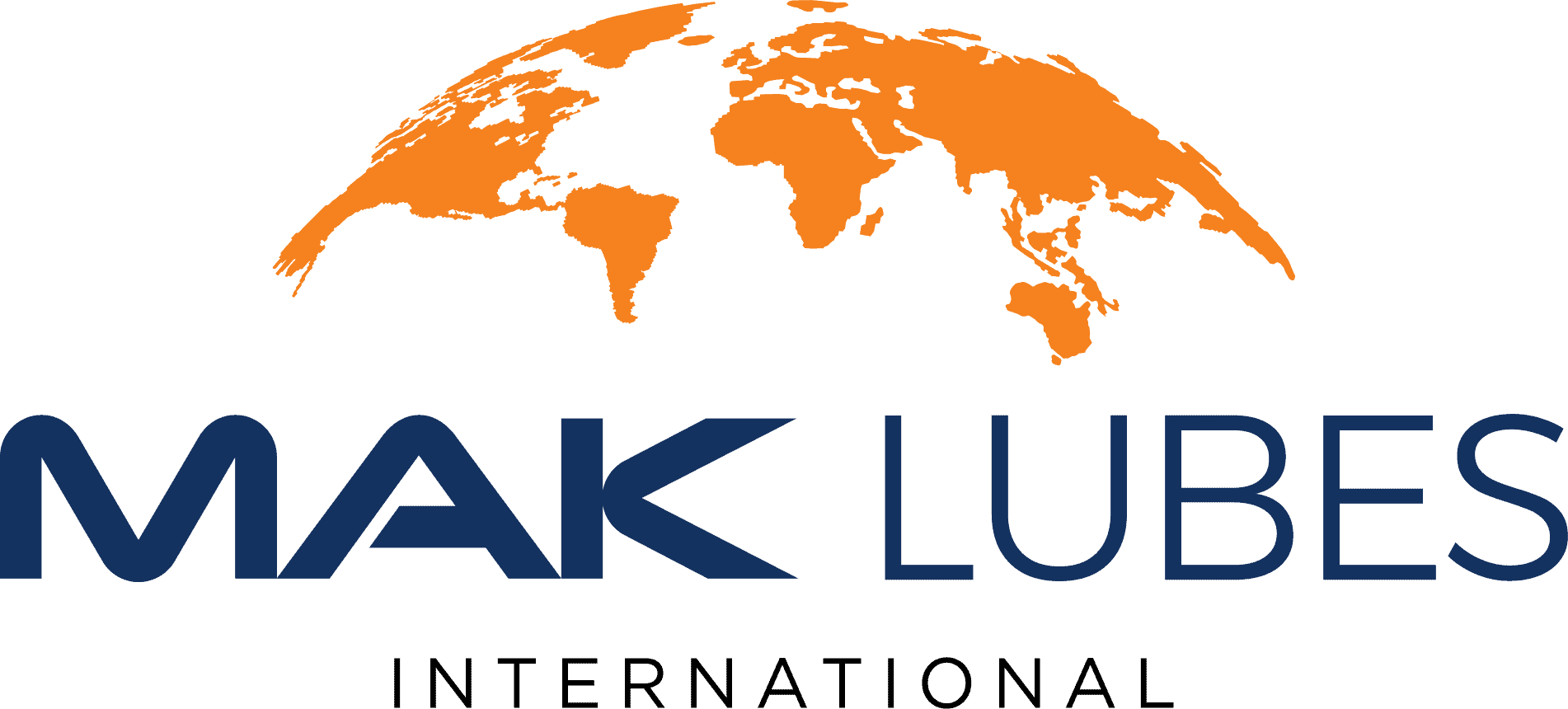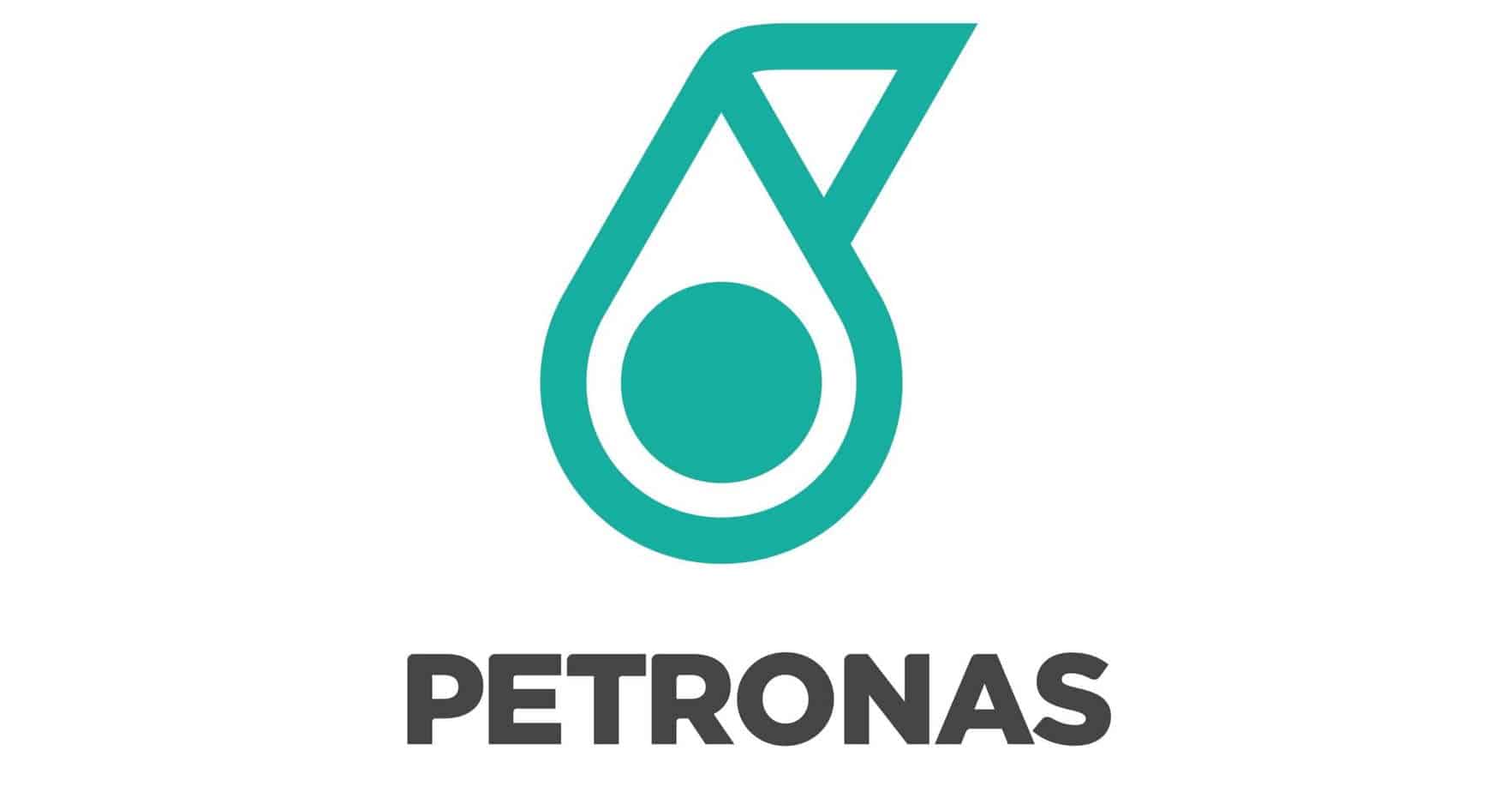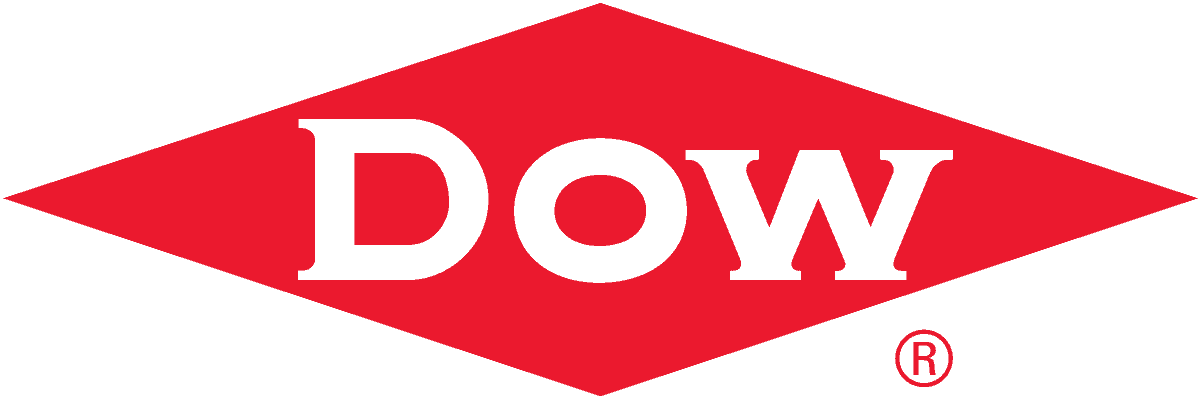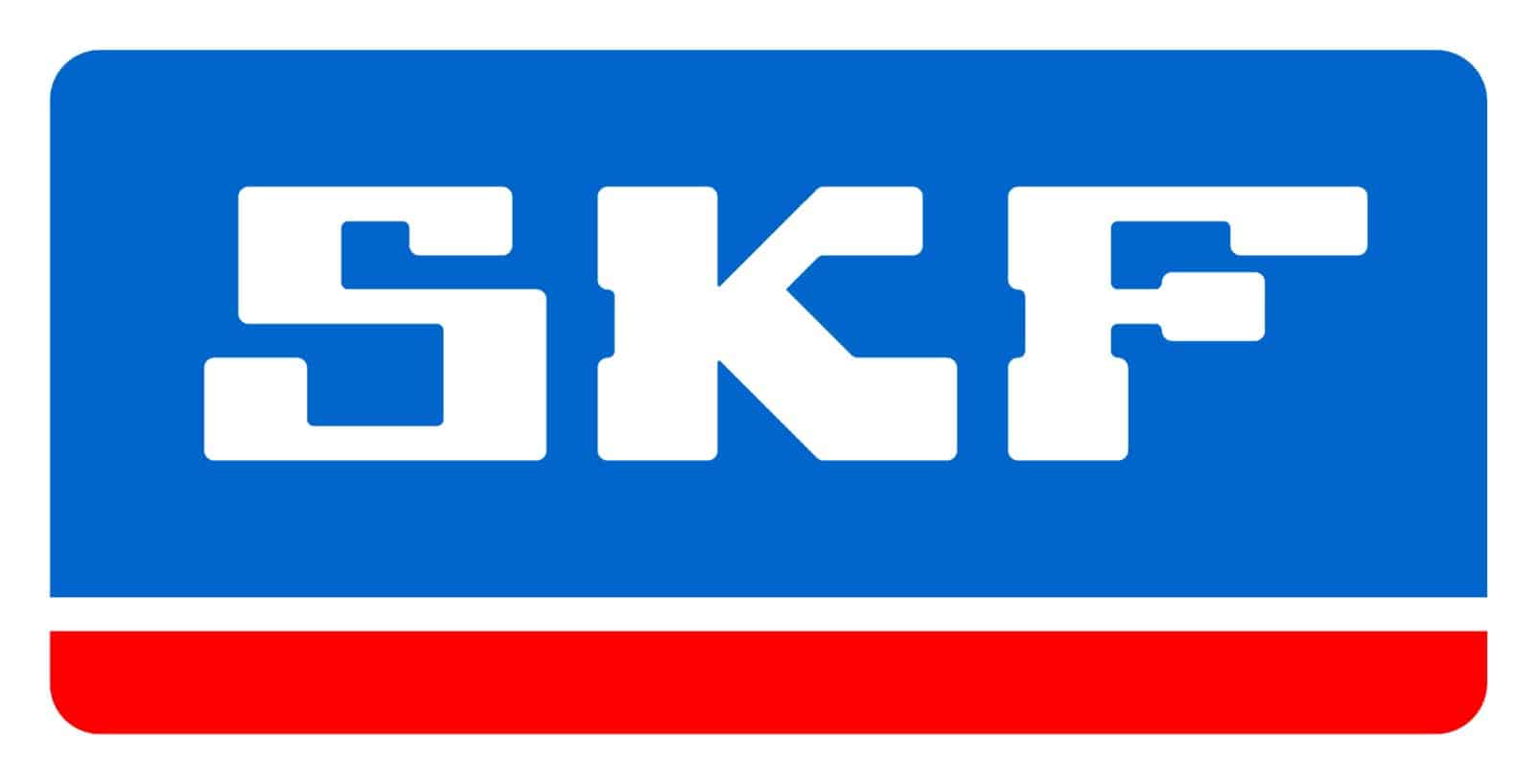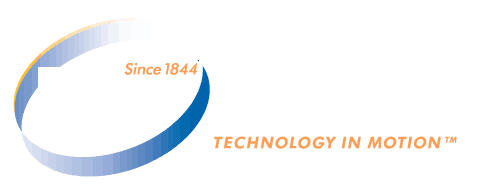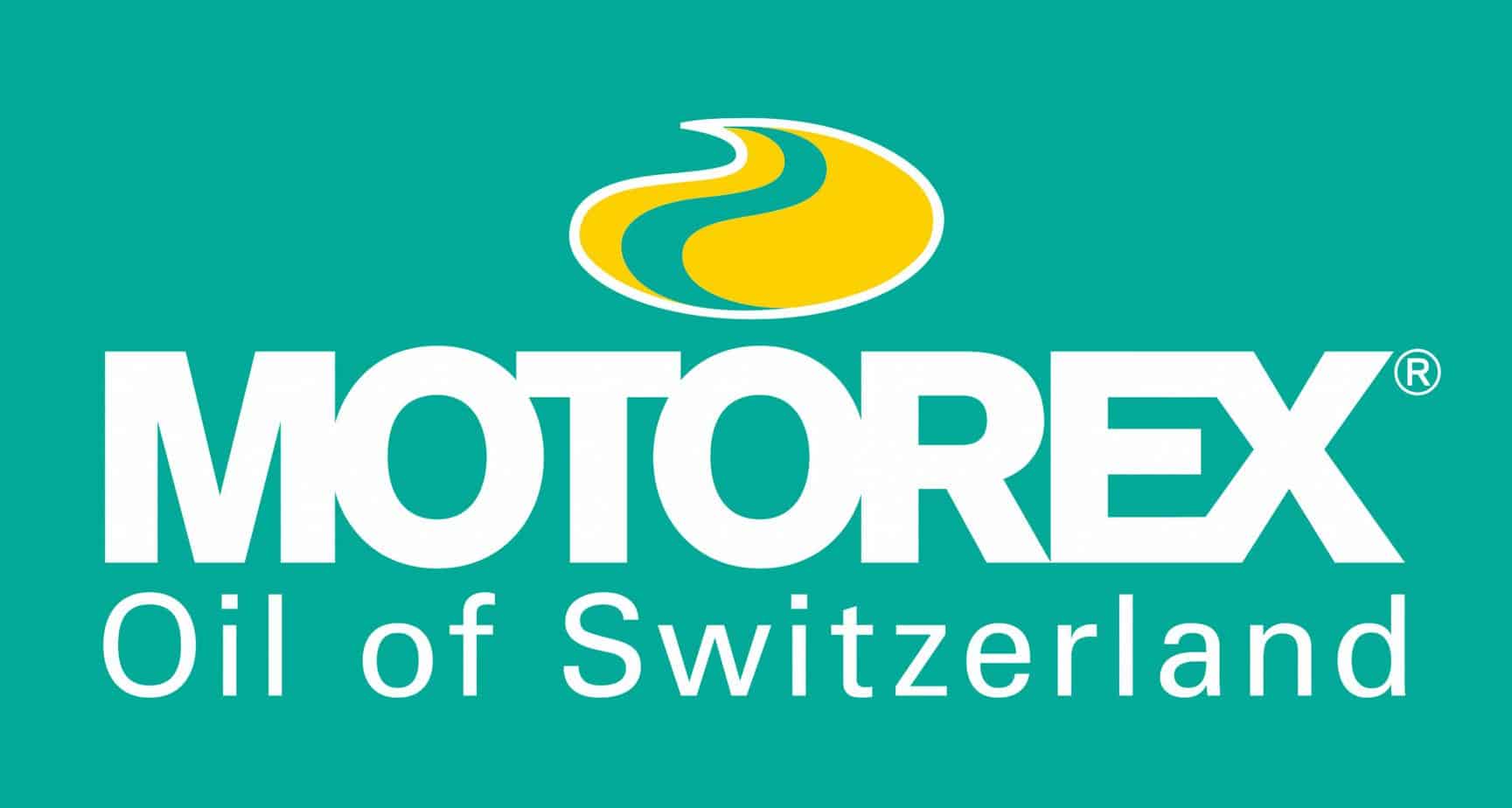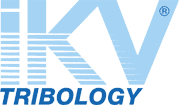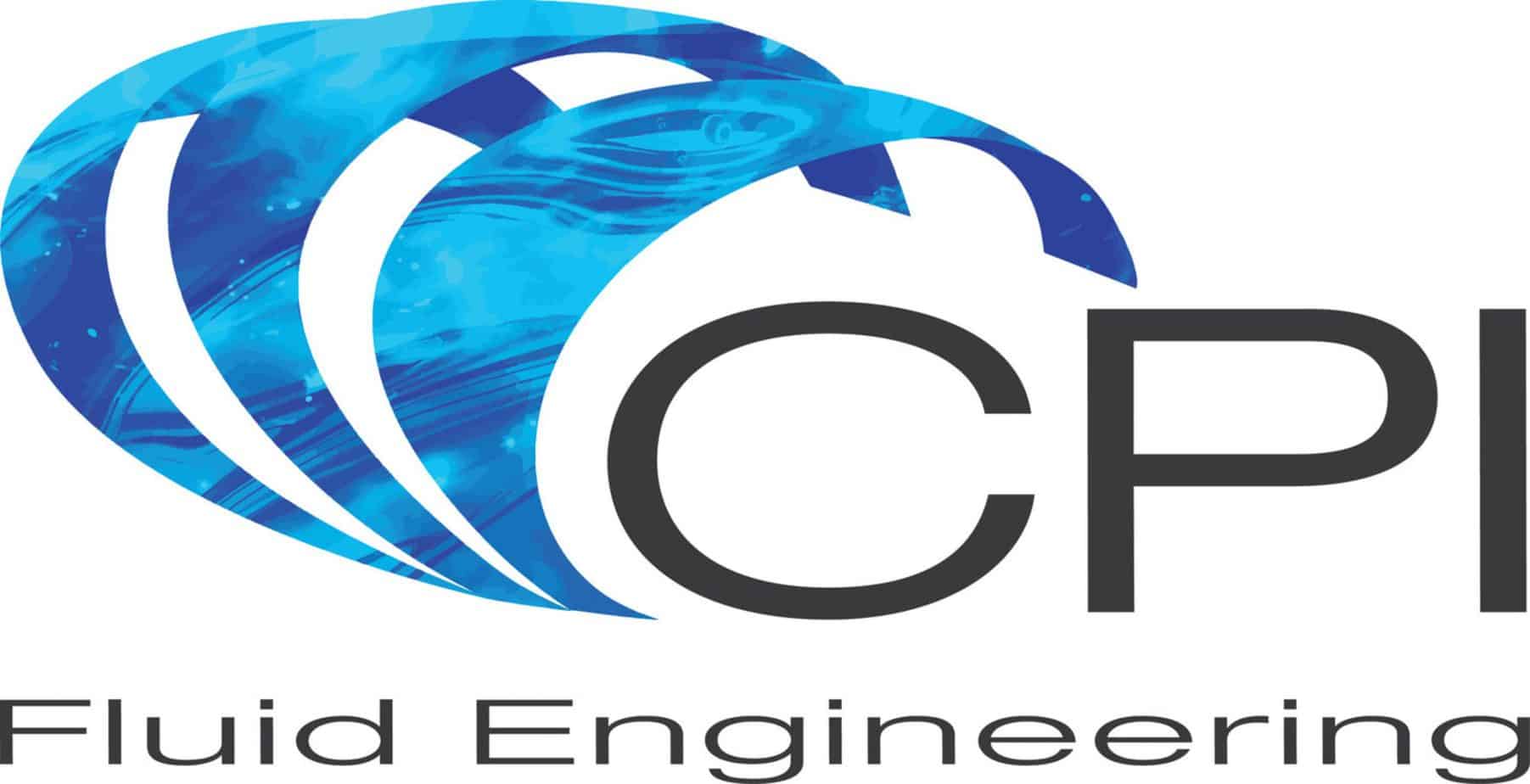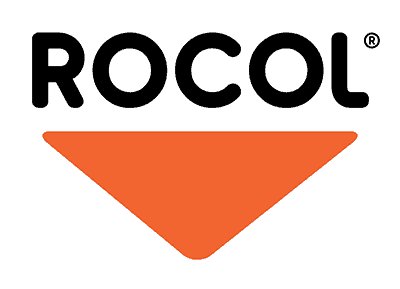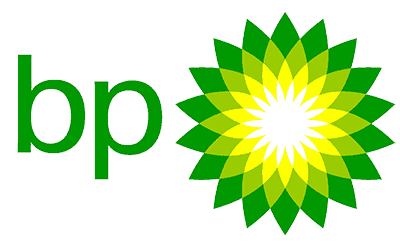
When ordering lubricants or replacement parts, operations using mechanical equipment onsite often encounter the terms “OEM approvals” and “OEM part numbers”.
These classifications are critical in helping companies purchase products and parts that are a perfect match for their machinery. Here, we’ll take a closer look at this terminology and why approvals are so important.
OEM – what does it stand for?
Starting with the basics, OEM is an acronym for “Original Equipment Manufacturer”. The term “OEM approved” effectively means that a service or product is officially certified or endorsed by the original manufacturer of a specific piece of equipment or vehicle.
An OEM approved product will meet the same specifications and standards of the fluids or parts that were originally installed in the mechanical system.
Examples of OEM products
OEM approvals can apply to a diverse range of products. These can include auto body shop parts and service procedures, replacement parts for equipment and vehicles, engine oils and other lubricants and even software and diagnostic tools.
Understanding OEM part numbers
OEM part numbers are unique identification codes given to a specific component by its manufacturer. They help users, manufacturers and mechanics identify the precise product or part designed for the make and model of equipment easier.
For example, with lubricants, OEM part numbers help users select the correct type of oil or transmission fluid their equipment needs. The OEM part number directs buyers to a product tested and approved by the original manufacturer, so they know it meets the proper specifications.
OEM part numbers are designed to ensure parts and products are compatible with machinery. They also guarantee that fluids or parts meets the standard of the manufacturer, making sure they work as they are meant to without resulting in mechanical damage.
OEM part numbers are also designed to help users extend the life span of their equipment and its components.
What is an OEM approval?
We’ve looked at how OEM part numbers are unique identifiers for a specific component, but an OEM approval is concerned with ensuring that a product has been properly tested and then validated by the original manufacturer. For instance, when a lubricant like Valvoline engine oil gets an OEM approval, this means that it has undertaken a rigorous testing process to make sure that it either meets or exceeds performance requirements outlined by the manufacturer. Many lubricant products carry multiple OEM approvals from different brands.
Why are OEM approvals important?
Providing both short and long-term benefits, the importance of OEM approvals cannot be exaggerated. Essentially, they offer an official seal of approval from the equipment manufacturer.
When a product like a lubricant carries an OEM approval, this means it has passed stringent performance tests dictated by the manufacturer, and is guaranteed to offer the correct characteristics equipment requires from effective lubrication to defend against wear and tear.
Protecting equipment warranties
In most cases, employing an oil or part that has OEM-approval is an essential requirement to maintain the warranty of vehicles and industrial equipment. If machinery is still within warranty, using a non-OEM approved part or fluid can potentially void the warranty, leaving equipment owners unprotected should something go wrong.
Ensuring quality and compatibility
Modern equipment, especially vehicles with high-performance engines and state-of-the-art emissions systems, have precise requirements for the lubricants they use. Employing an OEM-approved oil or fluid guarantees that the lubricant is completely compatible with the engine’s tolerances, materials, components and emissions systems.
Optimising performance
Today, OEM-approved products like lubricants are specifically tailored to suit the individual needs of different types of equipment and vehicle components. Choosing an oil that has the right approvals can make certain that critical parts like engines always operate at top efficiency. However, using a non-approved lubricant can result in negative consequences, like inferior performance leading to more expensive running costs – or worse, mechanical failures and critical damage.
Providing peace of mind
Finally, perhaps the greatest benefit of using an OEM-approved lubricant is the peace of mind it offers. A simple and streamlined way of making sure your vehicle or equipment is receiving a high-quality supply of fluids that meets its specifications exactly, OEM approvals allow users to keep machinery well protected and running at peak performance for longer.
Before buying lubricant for your application and equipment, always consult your OEM’s recommendation.


